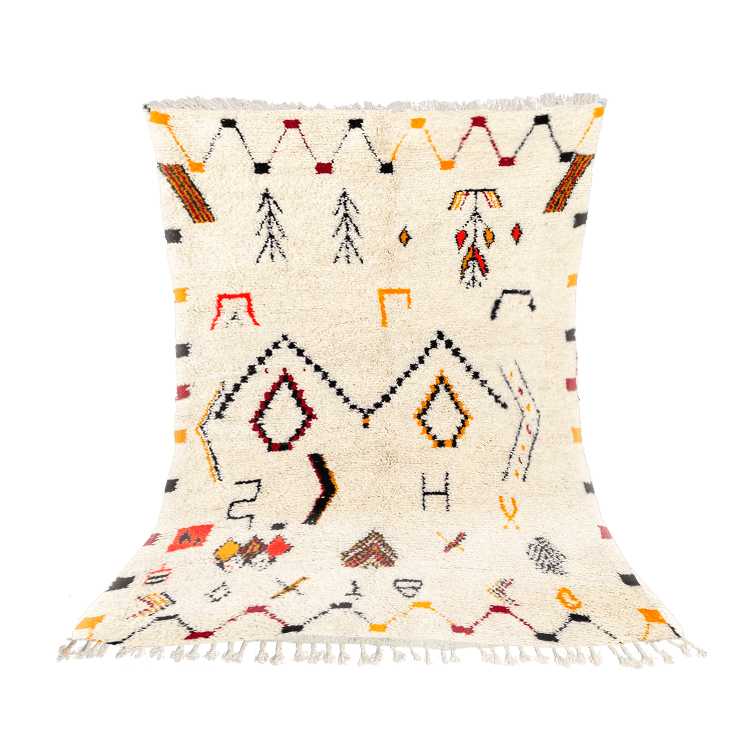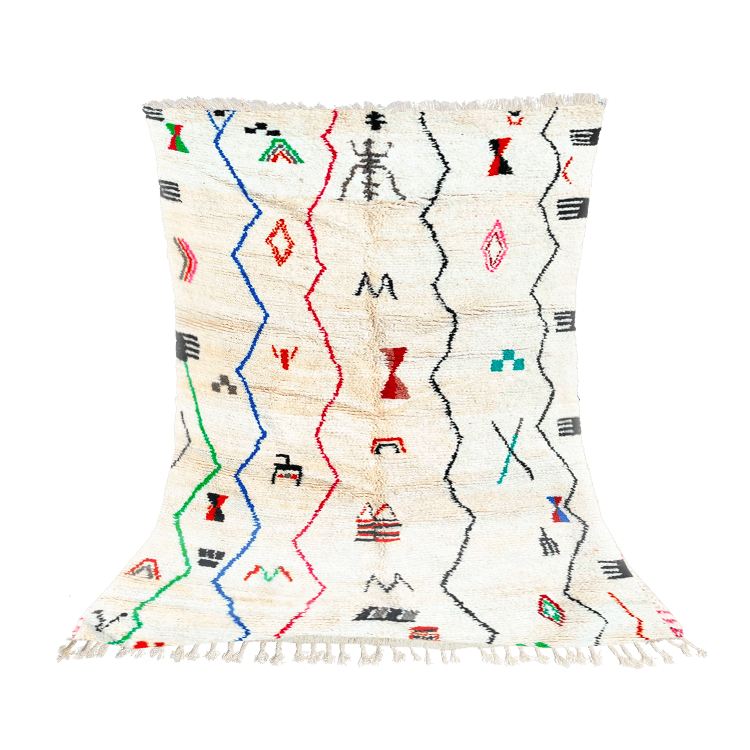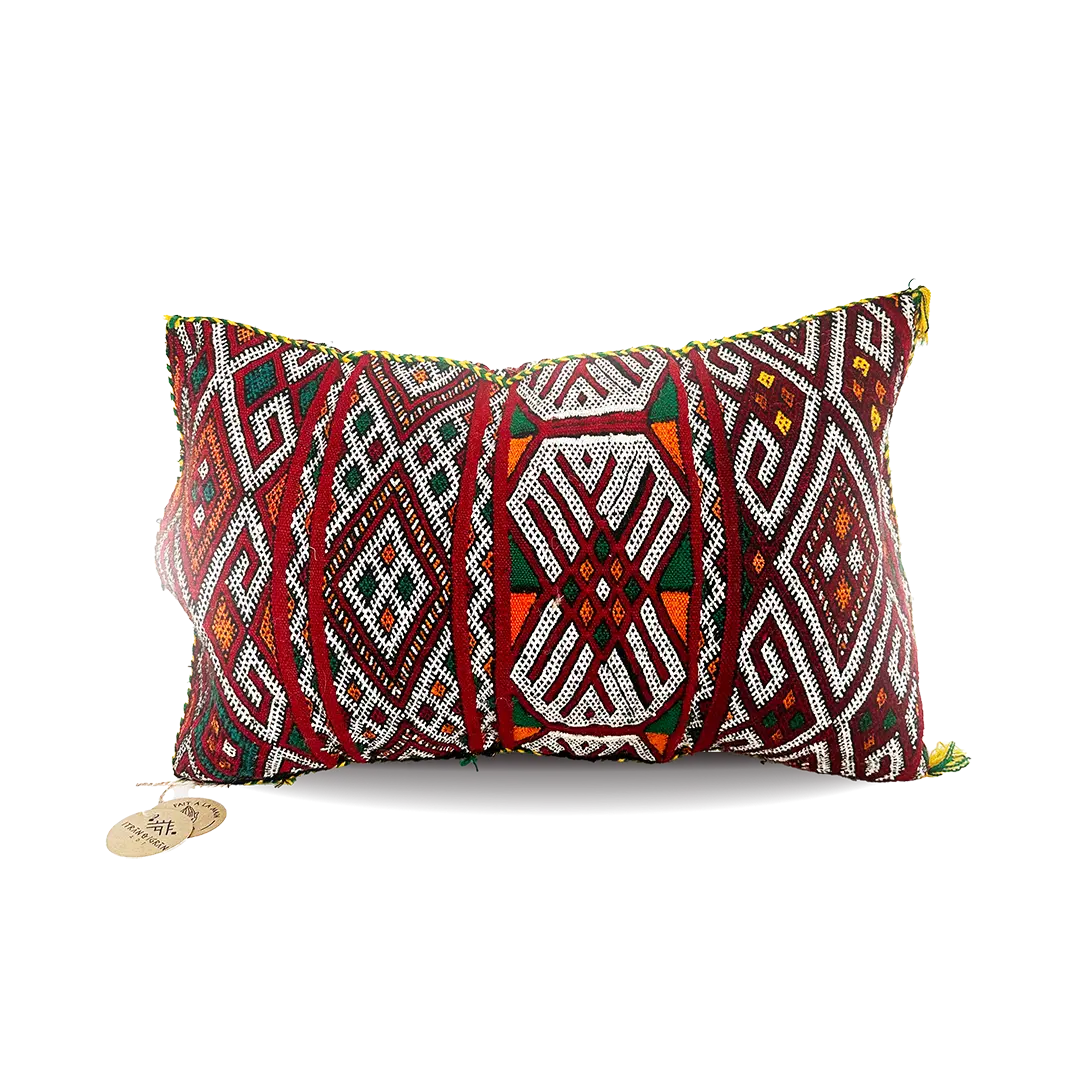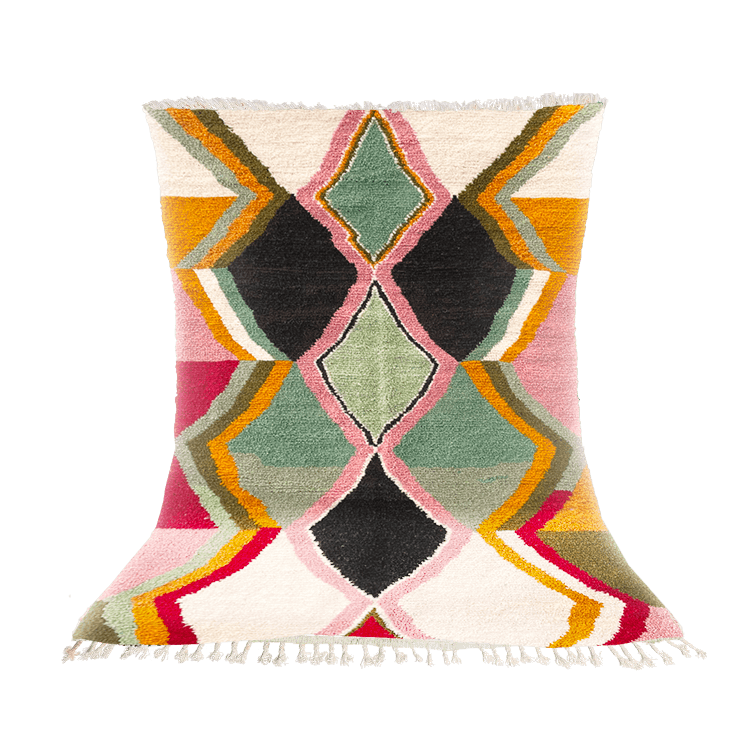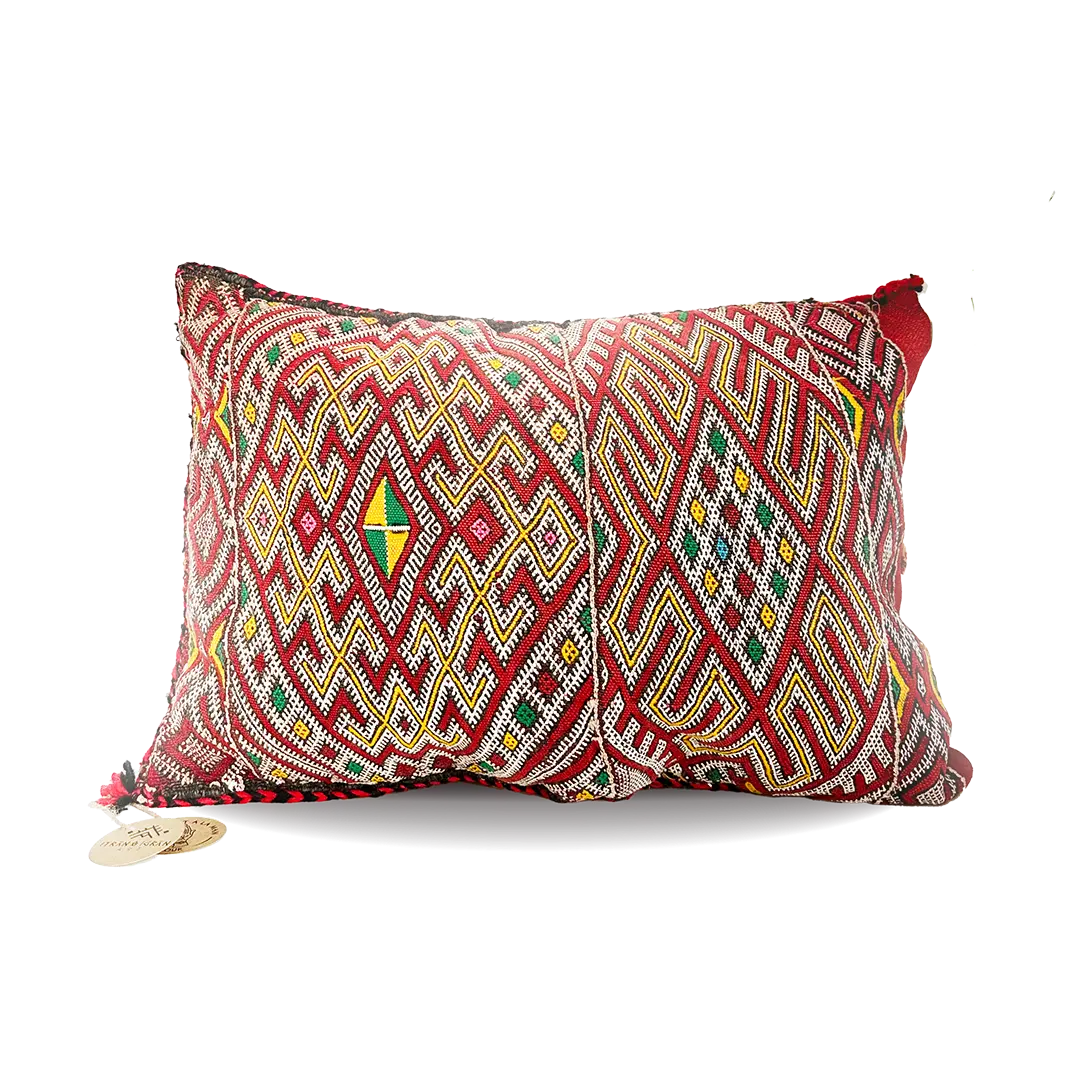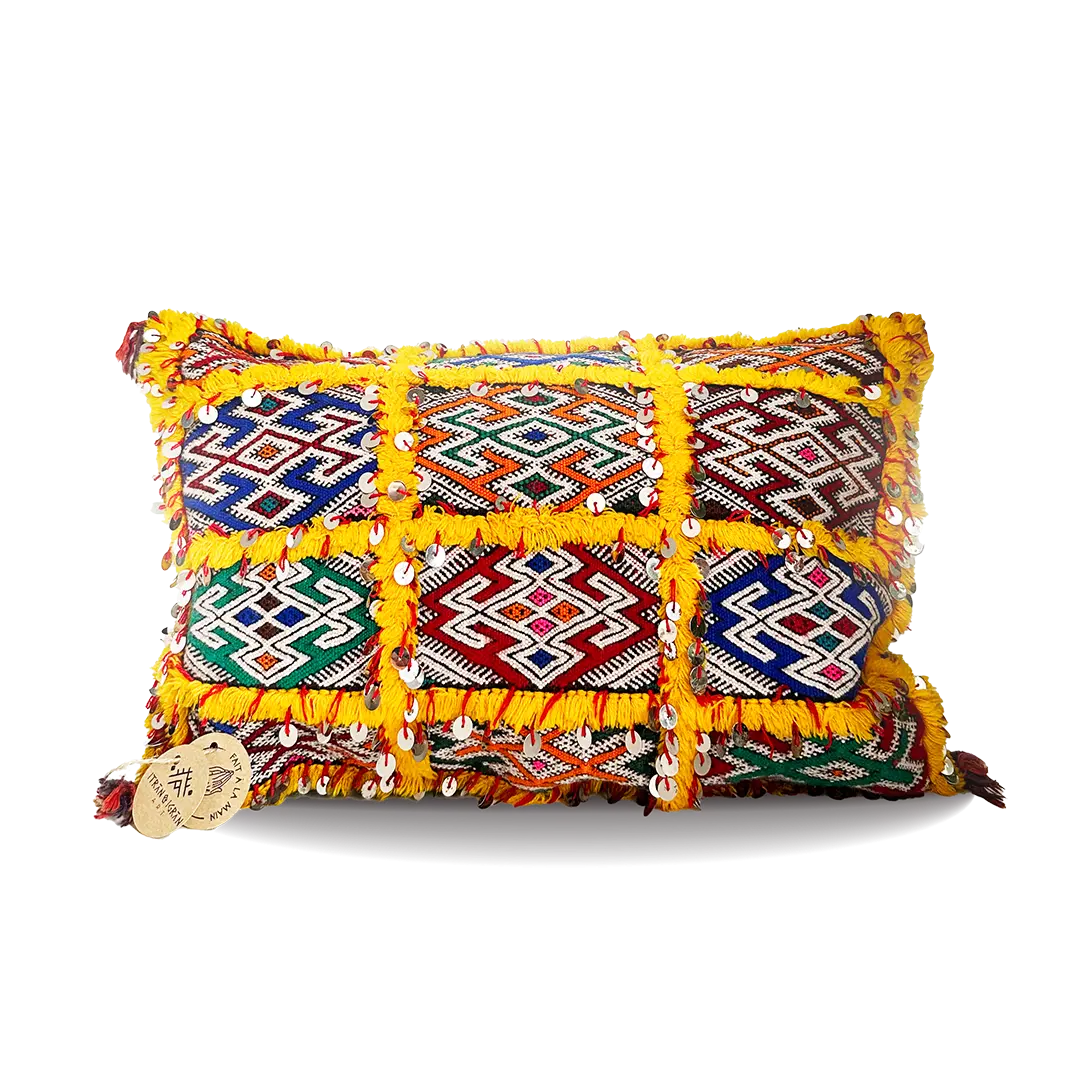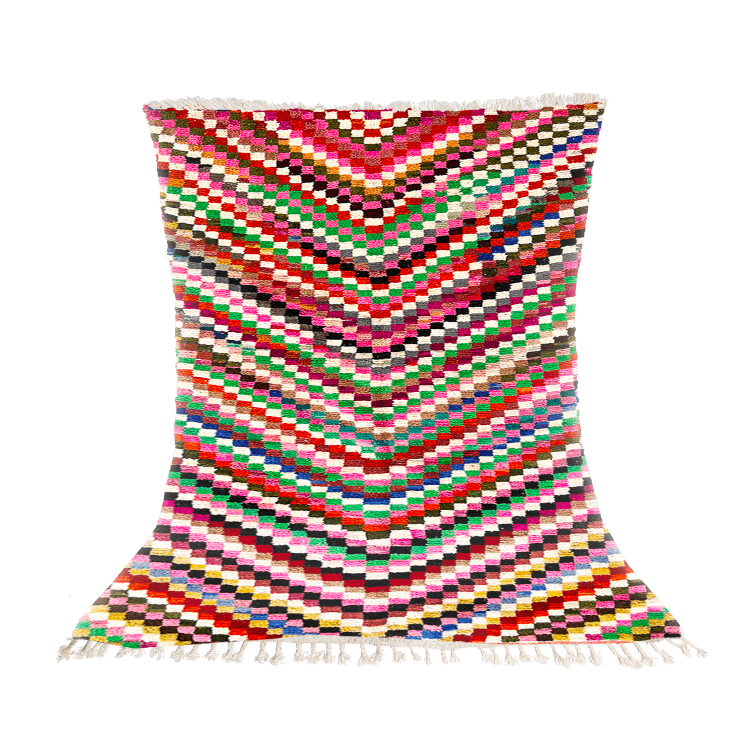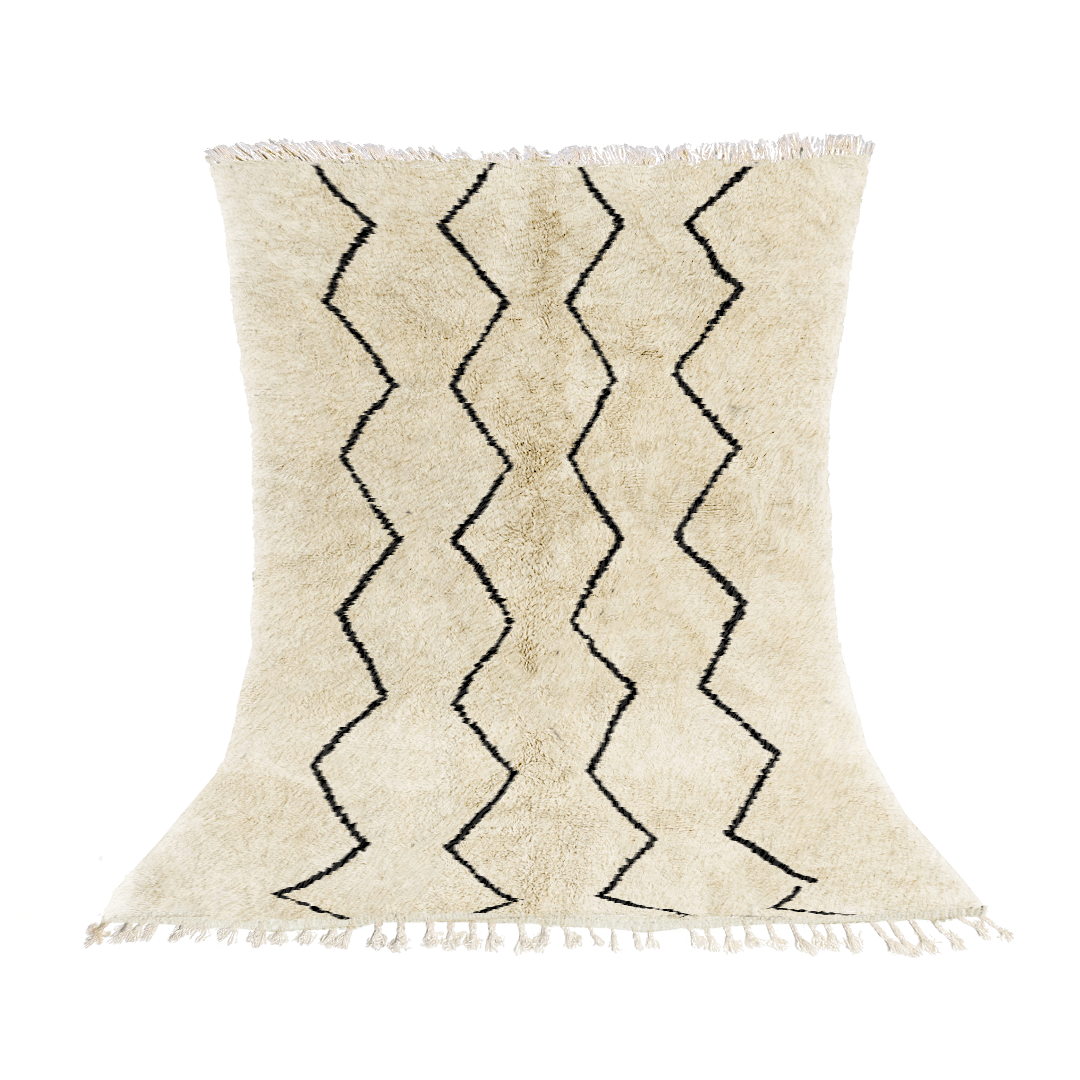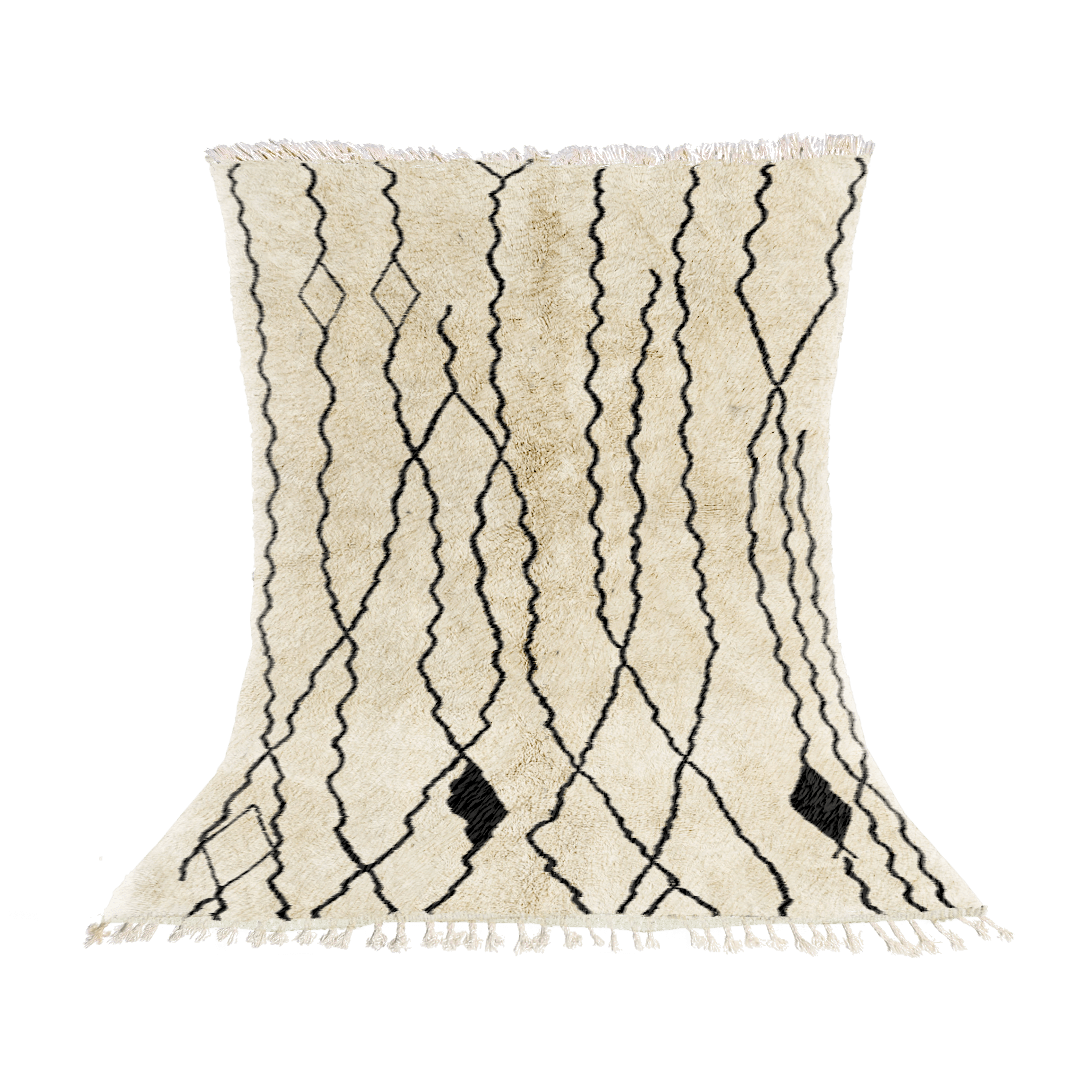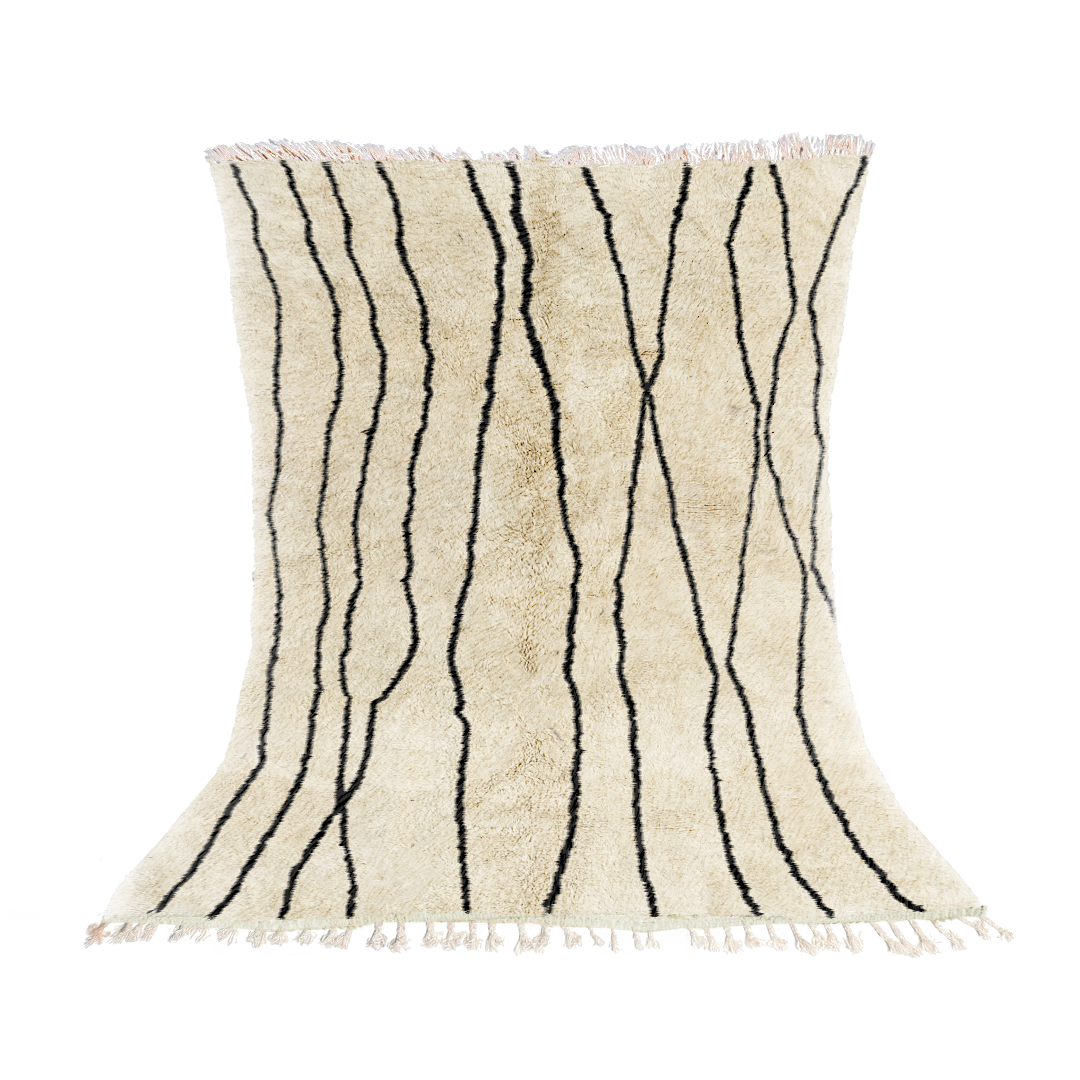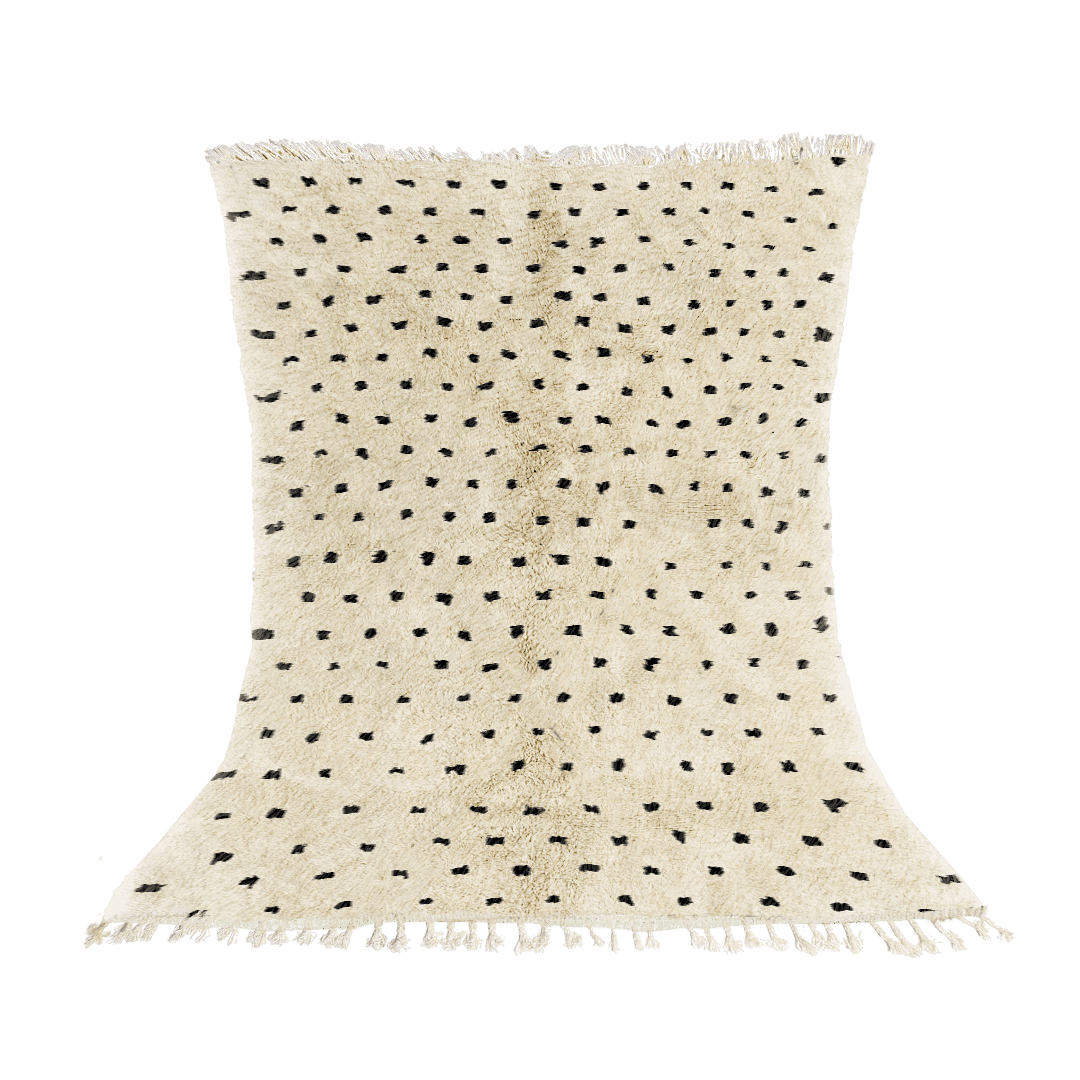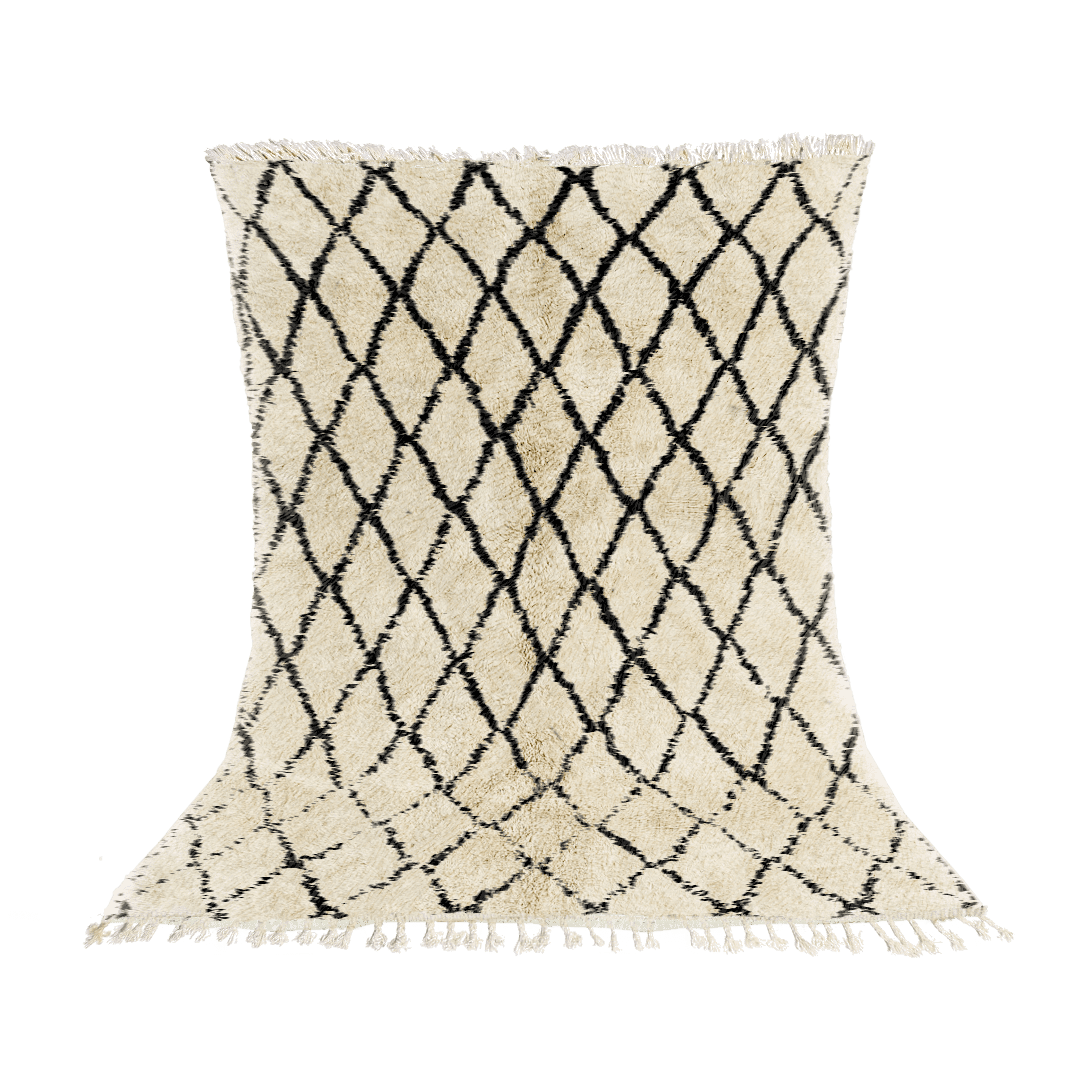The Story Behind Berber Rugs: History, Symbolism, and Traditions

The Berber people, also known as the Amazigh, weave a rich and vibrant history as an indigenous group of North Africa. Amazigh artisans have been producing the traditional Berber rug for centuries. These unique rugs not only serve a practical purpose but also hold deep cultural and symbolic significance. Let’s delve into the story behind Berber rugs, exploring their history, symbolism, and traditions.
History of Berber Rugs
The origins of Berber rugs can be traced back to ancient times, when Amazigh tribes lived in the Atlas Mountains of Morocco. They used wool from their sheep to create warm, durable textiles for their homes and tents. Over time, these textiles evolved into the intricate, patterned rugs we know today.
During the mid-20th century, Berber rugs gained popularity in the Western world. Designers such as Le Corbusier and Alvar Aalto integrated them into their modernist interiors. Today, collectors and interior designers around the globe continue to covet these rugs.
Symbolism of Berber Rugs
Berber rugs are not merely decorative items; they also hold deep symbolic meaning for the Amazigh people. Each rug tells a story through its patterns and colors, reflecting the history and culture of the tribe that created it.
For example, the zigzag pattern, known as the “Mouflon Horns,” is a common motif in Berber rugs. It represents fertility and is believed to have protective properties, keeping evil spirits at bay. Another common symbol is the diamond, which represents femininity and womanhood.
Traditions of Berber Rugs
First, shear the wool from the sheep and wash it to remove dirt and debris. Then, spin it into yarn using a drop spindle, a traditional tool used by Amazigh women for centuries. Dye the yarn using natural materials such as indigo, saffron, and henna.
Once the yarn is ready, begin the weaving process. Using a loom, carefully weave each thread by hand, creating the intricate patterns and designs that make Berber rugs so unique. The process can take weeks or even months to complete, depending on the size and complexity of the rug.
In addition to their traditional production methods, value Berber rugs for their sustainability. They are made using natural materials and dyes and are often produced by local artisans who use traditional techniques, supporting the local economy and preserving traditional craftsmanship.
Moroccan rugs are not just beautiful textiles; they reflect the rich history and culture of the Amazigh people. Through their intricate patterns and traditional production methods, artisans imbue each rug with the captivating story behind Berber rugs. As interest in sustainable and ethical fashion and design continues to grow, Berber rugs remain a timeless and coveted addition to any home or collection.

